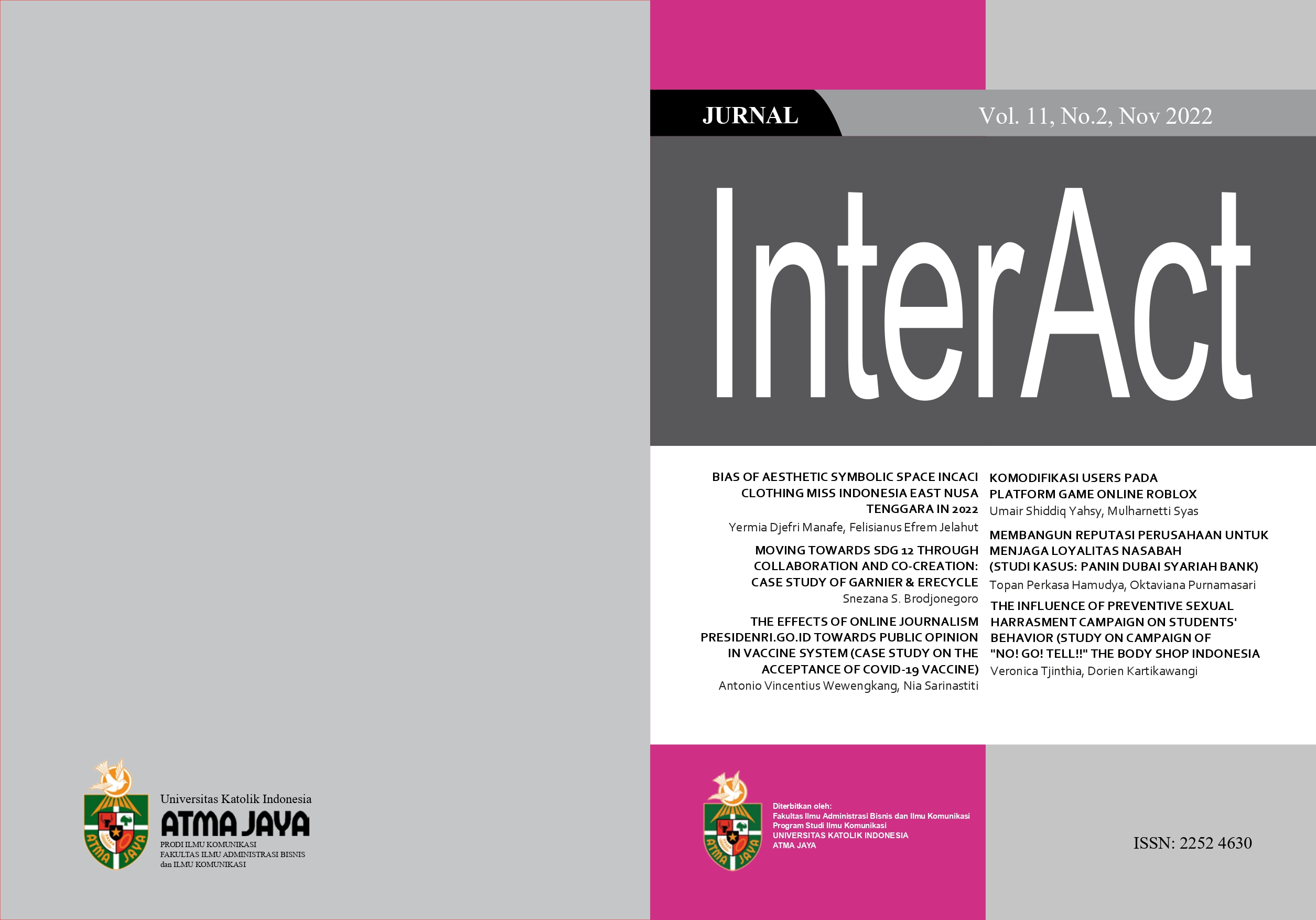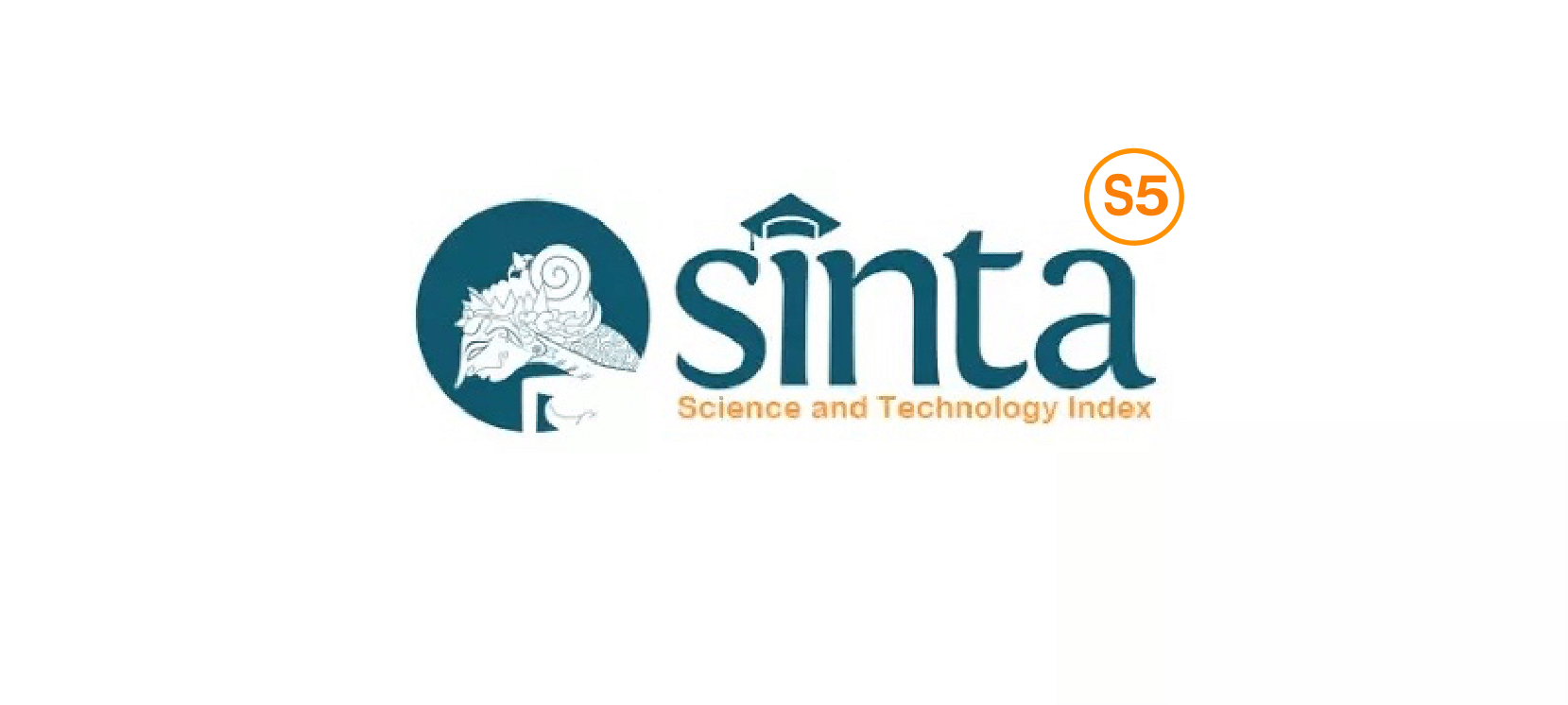Komodifikasi Users pada Platform Game Online Roblox
DOI:
https://doi.org/10.25170/interact.v11i2.3748Keywords:
game online, komodifikasi, Roblox, teknologi komunikasi, usersAbstract
Roblox online game is one of the most popular games in Indonesia. The market share targeted by Roblox online game is for children. However, some content from this game is known to be inappropriate for children to play. The problem is these types of inappropriate games are actually in great demands and visited by users. Therefore, this study aims to examine and explore how users are commodified on the Roblox online game platform. This study uses constructive paradigm, qualitative methodology, with the case study method. A qualitative approach is used to explain cases of the commodification of users on the Roblox online game platform through observation and in-depth interview techniques. The population of this study is the Roblox online game platform and the types of games contained in it. The results of the research show that Roblox has commodified users. In the Roblox online game platform, users can be categorized from two sides: as audiences or game connoisseurs, and also as workers or creators of the Roblox game itself. In terms of commodification, Roblox turns users into workers with inadequate wages. Users are also used to provide ratings which can then be sold to advertisers. Several types of Roblox online games contain elements of violence, pornography, and blasphemy that are visited by many users. In fact, Roblox is played mostly by children. Based on the results of the study, the researchers suggest that the Roblox online game platform does not commodify users for mere profit. In addition, parents must supervise their children when playing games, provide education, and choose games that are age-appropriate.















